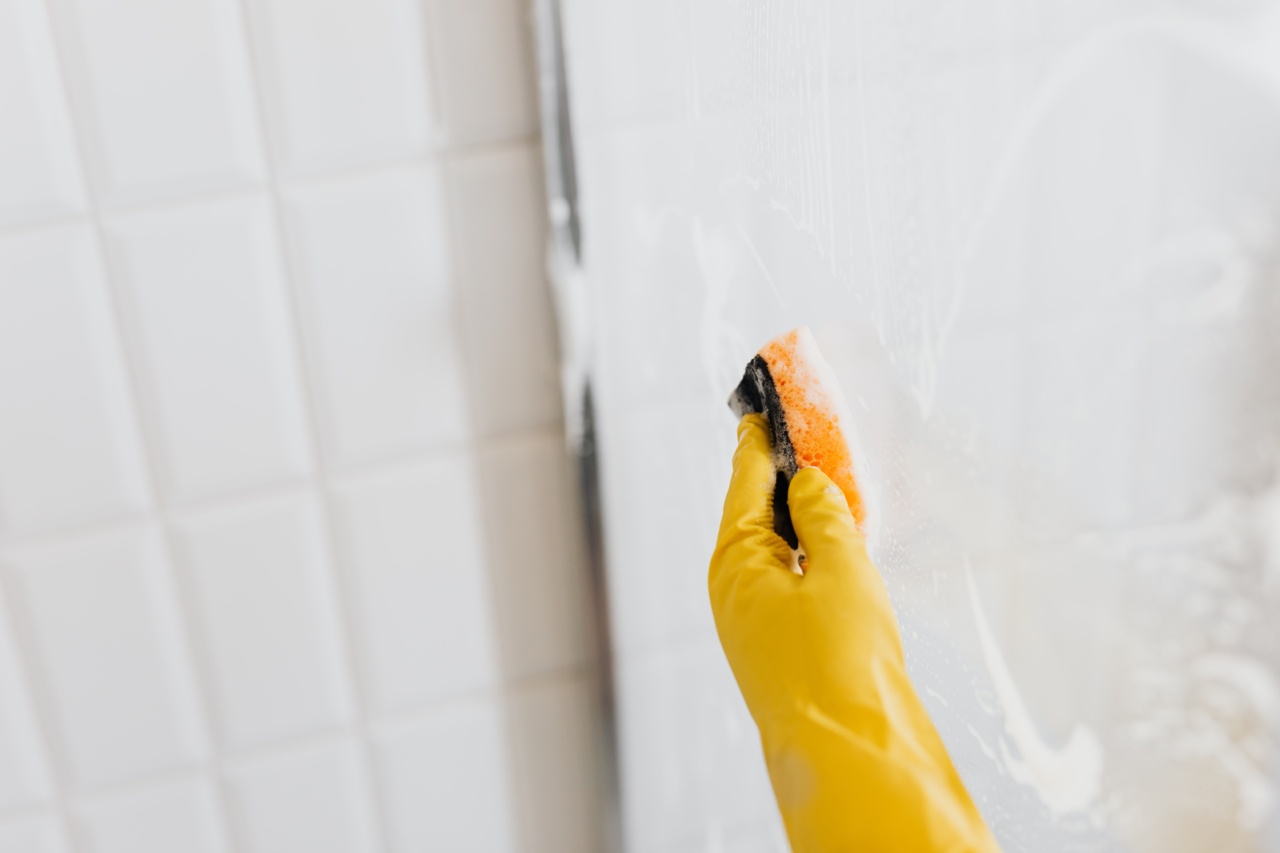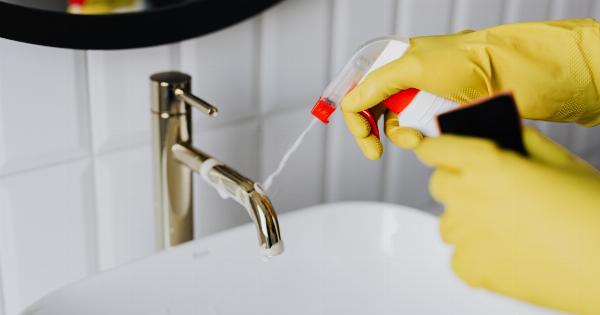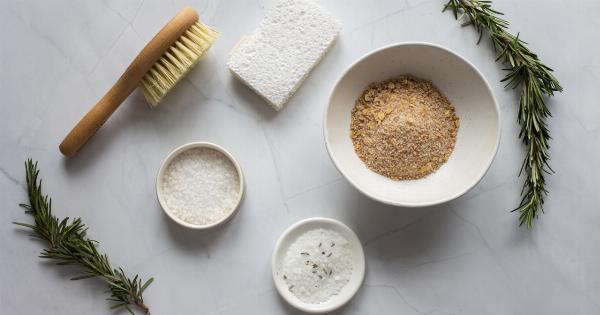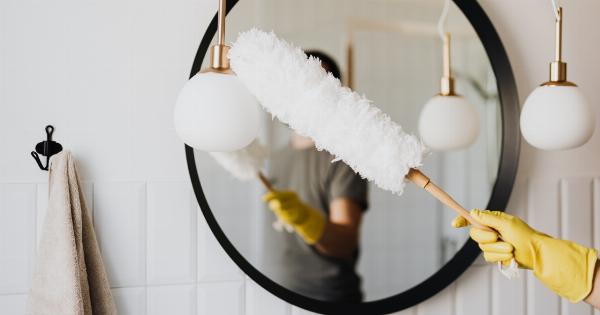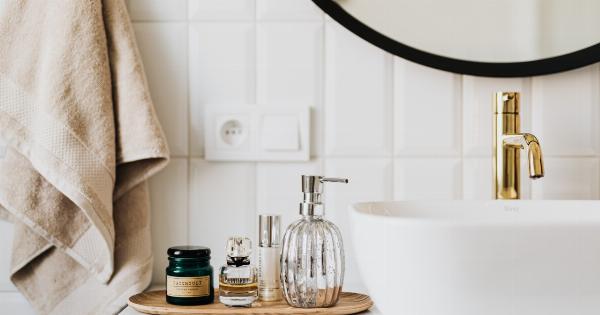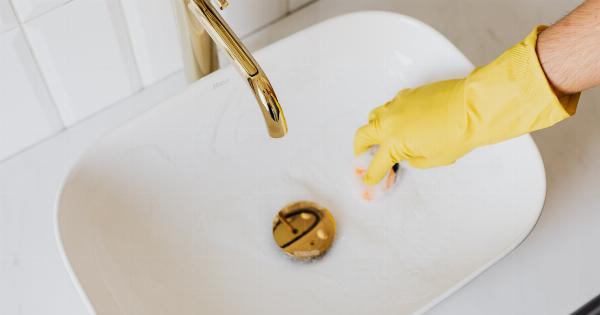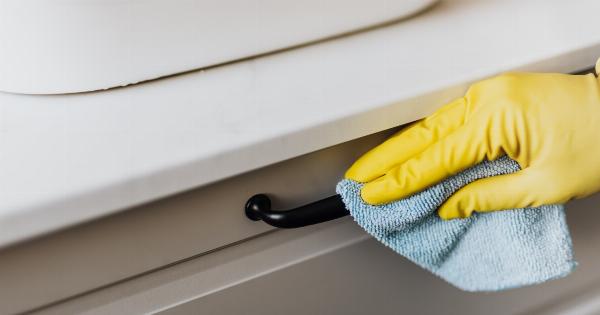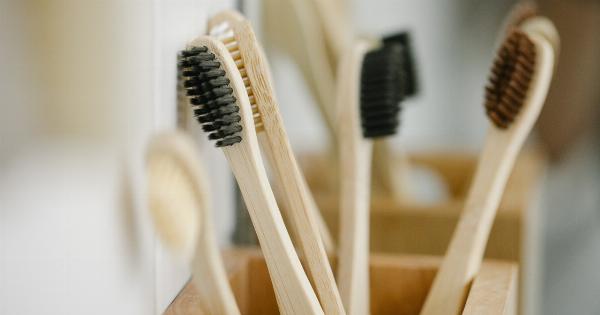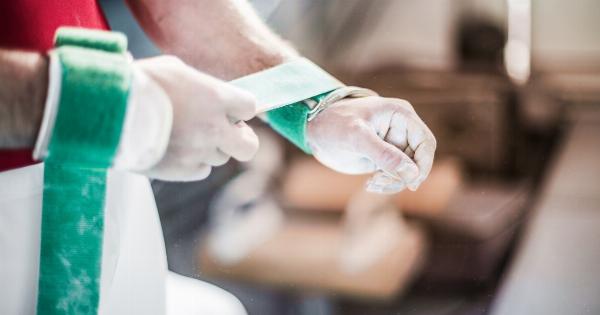A clean and spotless shower is essential for maintaining good hygiene and creating a pleasant bathing experience.
While regular cleaning of the shower surfaces is common, many people overlook the importance of sanitizing the tools they use, such as sponges. Sponges are prone to accumulating bacteria and other harmful microorganisms, which can lead to an unclean and unhygienic environment.
In this article, we will explore the importance of sanitizing sponges and provide you with effective methods to achieve a spotless shower.
The Importance of Sanitizing Sponges
Sponges are a convenient tool for cleaning our bodies and shower surfaces. However, they are also a breeding ground for bacteria and mold due to their relatively moist environment.
When left uncleaned, sponges can spread harmful microorganisms and lead to unpleasant odors. Regularly sanitizing your sponges is crucial for maintaining a hygienic shower environment and preventing the growth of bacteria.
Common Methods of Sponge Sanitization
There are several effective methods to sanitize sponges and ensure they are free from harmful bacteria and mold. Let’s explore some of the most popular techniques:.
1. Hot Water Soak
The easiest and most accessible method of sanitizing sponges is to give them a hot water soak. Start by filling a basin or sink with hot water. Make sure the water is hot enough to kill the bacteria but not scalding.
Immerse the sponge completely in the hot water and let it soak for at least five minutes. This method helps eliminate most of the bacteria and can be done regularly to maintain cleanliness.
2. Microwave method
If you’re looking for a quick way to sanitize your sponge, the microwave method is a great option. Dampen the sponge and place it in the microwave oven. Heat it on high for about two minutes, ensuring it doesn’t get too dry and catch fire.
The microwave kills most bacteria and eliminates odors effectively.
3. Dishwasher cleaning
If your sponge is dishwasher-safe, pop it in with your regular dishwashing load. The high water temperature and detergent will effectively clean and sanitize the sponge. Place the sponge on the top rack to avoid any damage.
This method is convenient if you already run your dishwasher regularly.
4. Vinegar solution
Vinegar is a natural disinfectant and can be used to sanitize sponges effectively. Mix equal parts of white vinegar and water in a container. Soak the sponge in the solution for about 10-15 minutes.
Rinse it thoroughly with clean water and squeeze out any excess liquid. Vinegar leaves no residue and eliminates any unpleasant odors.
5. Hydrogen peroxide solution
Hydrogen peroxide is another powerful sanitizer that can be used for cleaning sponges. Mix equal parts of hydrogen peroxide and water in a bowl or basin. Immerse the sponge in the solution for about 10 minutes.
Rinse the sponge thoroughly with water and squeeze out any excess liquid. Hydrogen peroxide effectively kills bacteria and leaves your sponge fresh and clean.
6. Bleach solution
Bleach is a strong disinfectant and can effectively kill bacteria and mold on sponges. Prepare a solution of one part bleach to nine parts water in a container. Immerse the sponge in the solution and let it soak for about five minutes.
Rinse the sponge thoroughly with water and squeeze out any excess liquid. Bleach should be used with caution and follow the manufacturer’s instructions for proper dilution.
7. Lemon juice
Lemon juice is a natural acid that has antibacterial properties. Cut a fresh lemon in half and squeeze out the juice into a container. Add an equal amount of water and mix well. Soak the sponge in the lemon juice solution for about 10 minutes.
Rinse thoroughly with clean water and squeeze out any excess liquid. Lemon juice not only sanitizes but also leaves a fresh and pleasant scent.
8. Saltwater soak
Saltwater is known for its antibacterial properties and can be used to sanitize sponges effectively. Dissolve a tablespoon of salt in a cup of warm water. Immerse the sponge in the saltwater solution for about 15 minutes.
Rinse it thoroughly with clean water and squeeze out any excess liquid. Saltwater helps eliminate bacteria and odors.
9. Tea tree oil
Tea tree oil is a natural antiseptic and has been used for centuries for its medicinal properties. Mix a few drops of tea tree oil with warm water in a container. Soak the sponge in the solution for about 15 minutes.
Rinse the sponge thoroughly with water and squeeze out any excess liquid. Tea tree oil helps kill bacteria and leaves your sponge smelling fresh.
10. Disposable sponge alternatives
If you find it challenging to sanitize your sponges effectively or prefer a more convenient option, consider using disposable sponge alternatives.
There are various disposable shower sponges and loofahs available in the market that can be used once and discarded. This option ensures you always have a clean and sanitary tool for your showers.
Tips for Maintaining a Clean Shower
Sanitizing your sponges is just one step toward maintaining a spotless shower. Here are a few additional tips to help you keep your shower clean:.
1. Regular cleaning routine
Establish a regular cleaning routine for your shower. Wipe down the surfaces, including the walls, floor, and fixtures, with a suitable cleaner at least once a week. This routine maintenance will prevent the buildup of soap scum, mold, and other dirt.
2. Use a squeegee
After each shower, use a squeegee to remove excess water from the shower walls and floor. This helps prevent the growth of mold and keeps your shower looking clean for longer.
3. Dry the shower after use
To prevent moisture from lingering in the shower, ensure proper ventilation, and dry the shower thoroughly after each use.
Leaving the shower door or curtain open and turning on the exhaust fan can help keep the shower environment dry and discourage the growth of mold and mildew.
4. Store sponges properly
After sanitizing your sponges, make sure to store them in a clean and dry area. Avoid leaving them in a damp shower, as it can promote mold growth. Hang the sponge in a well-ventilated area or store it outside the shower to ensure proper drying.
5. Replace sponges regularly
No matter how diligent you are in sanitizing your sponges, they will eventually wear out and harbor bacteria. Replace your sponges regularly to maintain a hygienic environment in your shower.
Disposable alternatives are a great option if you prefer to avoid the hassle of regular sponge cleaning.
Conclusion
A spotless shower not only enhances your bathing experience but also ensures good hygiene in your bathroom. Sanitizing your sponges regularly is a crucial step in maintaining a clean and hygienic shower environment.
By following the various methods mentioned in this article, you can effectively eliminate bacteria and mold from your sponges, leading to a spotless shower experience. Remember to also incorporate other cleaning routines and tips for a consistently clean and refreshing shower.
